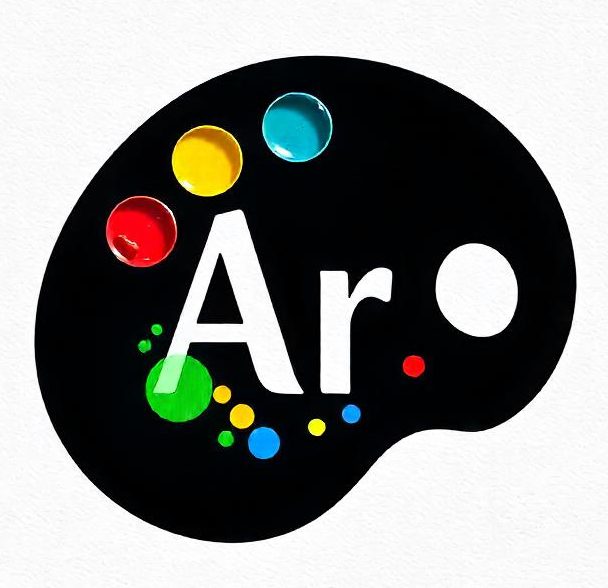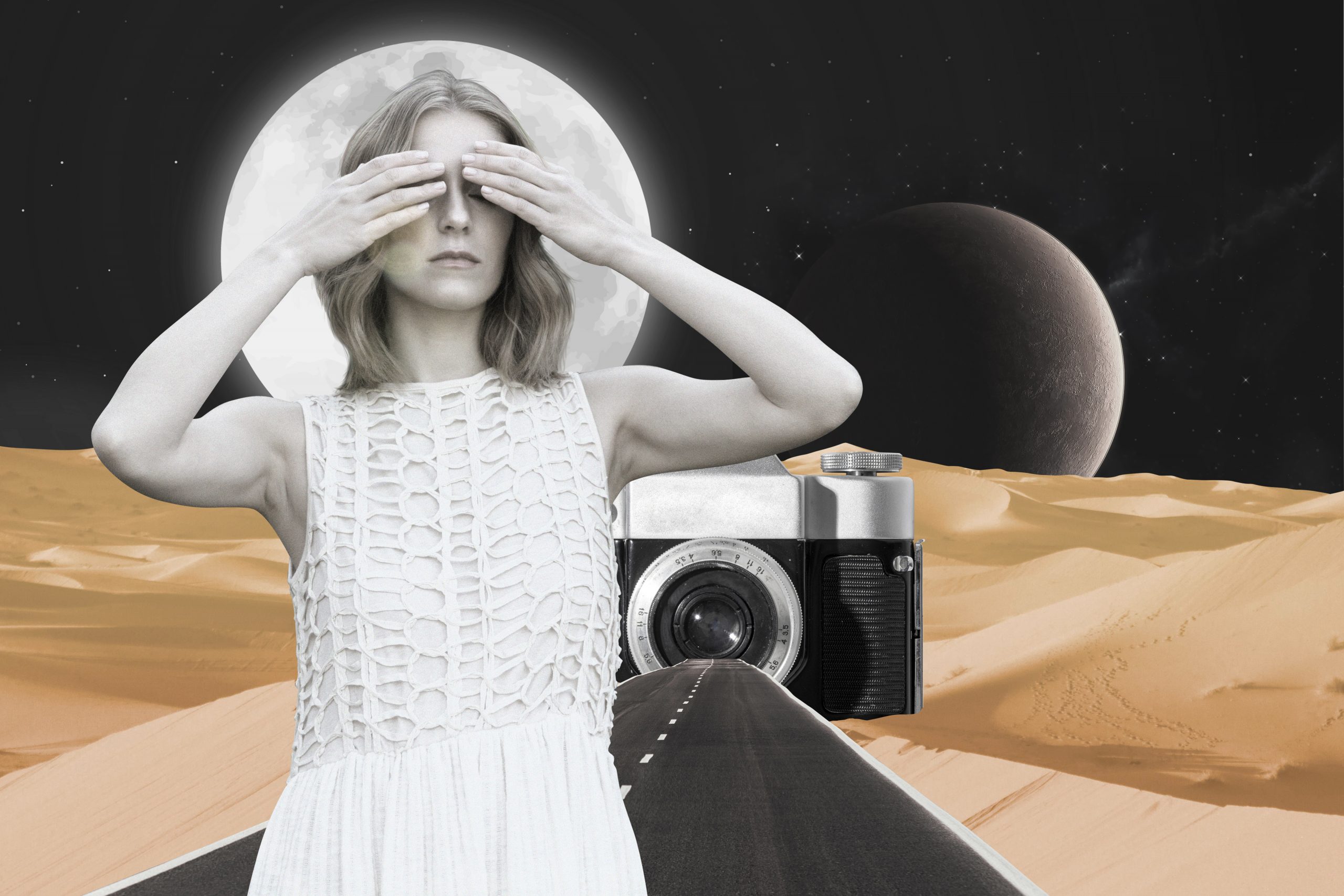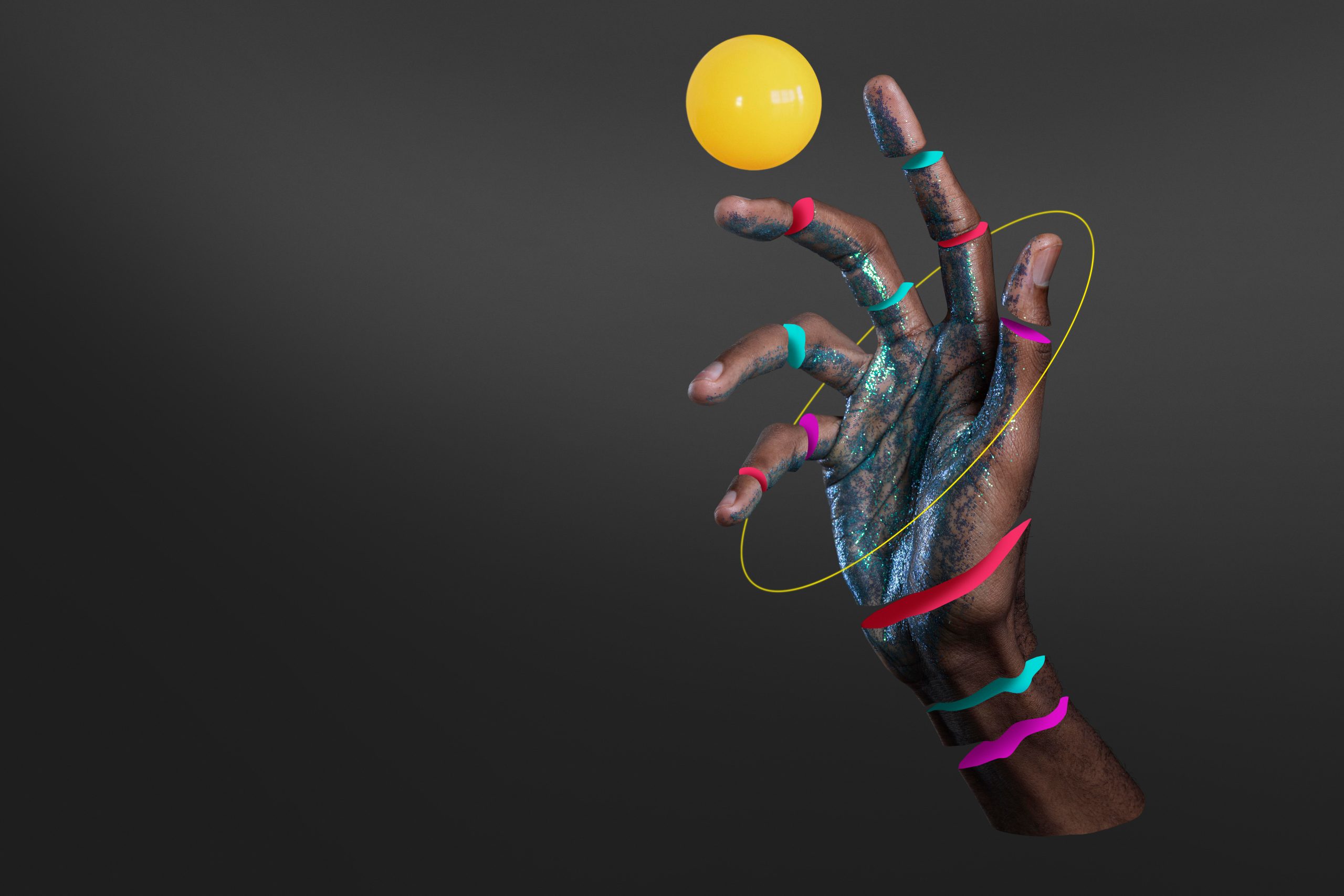Abstract art has long been a powerful force in the art world, and its evolution into the 21st century reflects a dynamic transformation of both technique and concept. In this article, we’ll explore the key developments in abstract art over the past two decades and how contemporary artists are pushing the boundaries of the genre.
The Early 2000s: Digital Influence and New Media
At the start of the 21st century, abstract art began to embrace the digital age. Artists began experimenting with new media, including digital tools and software, to create pieces that were not only visually striking but also conceptually rich. The use of digital abstraction allowed artists to break free from traditional mediums, producing works that existed purely in the digital space. Some artists began to blend traditional techniques, like painting and sculpture, with new technologies such as augmented reality, creating interactive art experiences.
The Rise of Abstract Expressionism and Neo-Abstract Movements
While abstract expressionism had its heyday in the mid-20th century, the 2000s saw a resurgence in this movement. Neo-abstract expressionists sought to revive the raw emotion and spontaneity that defined early abstract art, but with a contemporary twist. Bold, energetic brushstrokes, mixed media, and a focus on personal expression returned to the forefront of the art scene, with artists emphasizing the emotional connection between the viewer and the artwork.
Artists like Mark Bradford and Julie Mehretu embraced abstract expressionism’s foundations, while also incorporating social and political themes into their work. Bradford, for example, uses collage and abstract imagery to comment on issues of race and class, while Mehretu’s large-scale pieces evoke themes of migration and displacement.
The Integration of Minimalism
At the same time, minimalism found a new voice in abstract art. Artists began to explore the power of simplicity, reducing visual elements to the most essential forms and colors. This minimalist approach offered a stark contrast to the loud, emotive qualities of abstract expressionism, but both movements shared an interest in the emotional resonance of abstract forms.
Contemporary minimalists, such as Donald Judd and Ellsworth Kelly, are known for their use of geometric shapes and monochromatic color schemes. This clean, stripped-down aesthetic has continued to influence artists today, who are experimenting with minimalist abstraction in various ways.
Abstract Art in Public Spaces
As public art has gained popularity in the 21st century, abstract art has moved beyond galleries and into public spaces. Murals, installations, and sculptures in cities around the world have provided new opportunities for abstract artists to engage with wider audiences. These large-scale works often draw on the themes of abstraction—color, form, and texture—but also aim to be more interactive, inviting the public to immerse themselves in the art.
Public abstract art often reflects the cultural and social concerns of the time, with many artists using their work to respond to environmental issues, political movements, or the digital age. Street artists, for example, have taken abstraction to the streets, using spray paint and unconventional materials to create temporary or permanent installations that challenge conventional notions of art.
Contemporary Abstract Art: A Fusion of Tradition and Innovation
Today, abstract art continues to evolve in exciting and unexpected ways. Artists are increasingly blending traditional techniques, like painting and sculpture, with contemporary tools and technologies, such as 3D printing and virtual reality. The boundaries between different art forms—such as painting, sculpture, digital art, and even performance art—are increasingly blurred, resulting in exciting hybrid forms of abstraction.
The future of abstract art seems limitless. As artists continue to explore new methods of expression and challenge the conventions of the past, the genre will undoubtedly evolve in ways we can only begin to imagine.
Conclusion
The 21st century has seen abstract art adapt to new challenges and opportunities, making it one of the most vibrant and diverse genres of contemporary art. Whether through digital experimentation, minimalist innovation, or immersive public installations, abstract art remains a powerful form of expression that continues to captivate and inspire audiences around the world.



